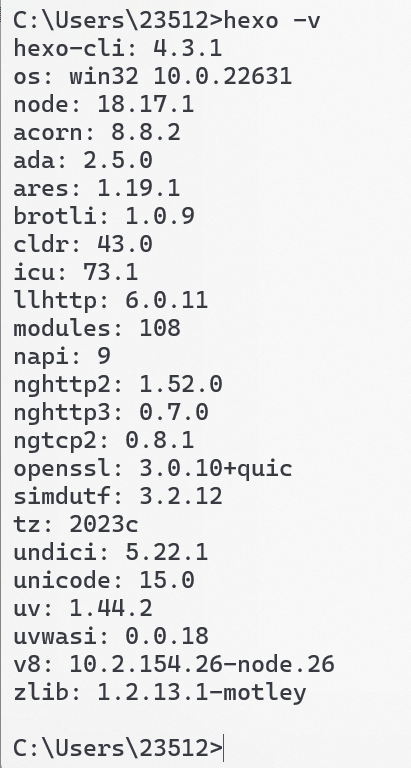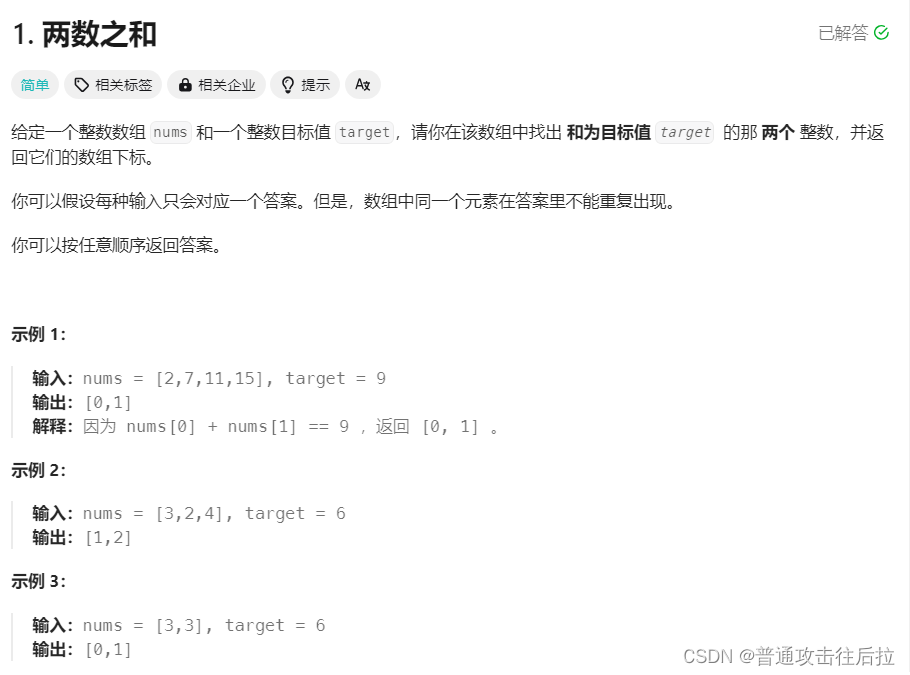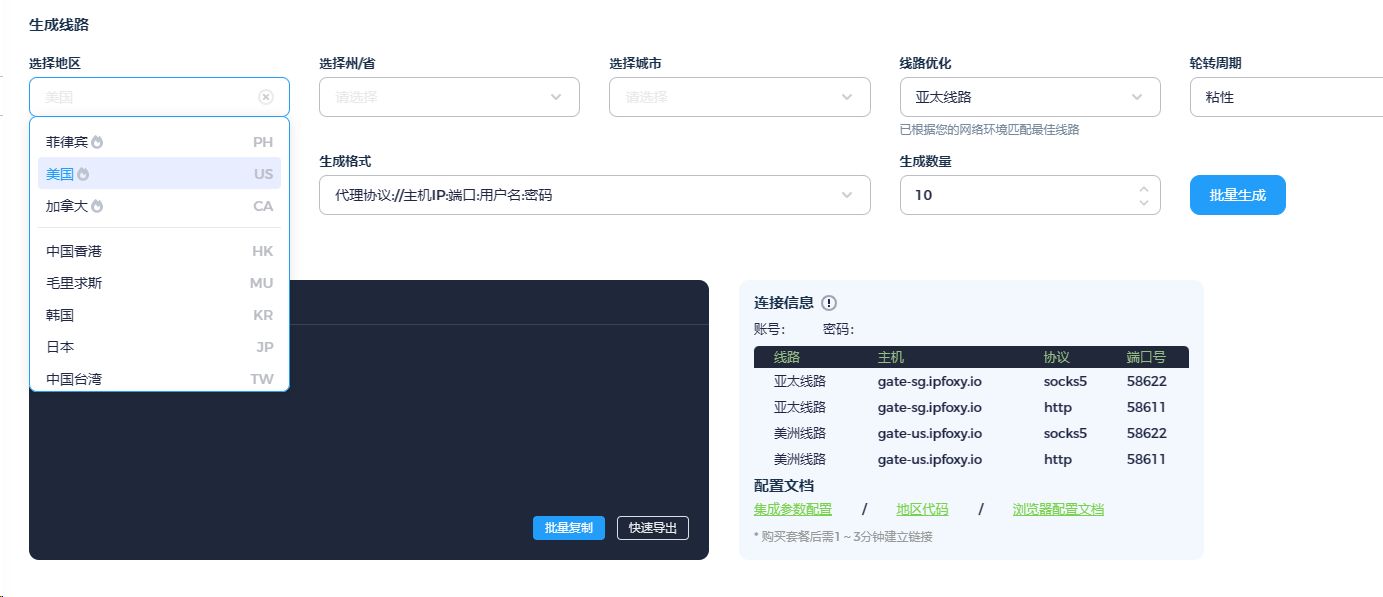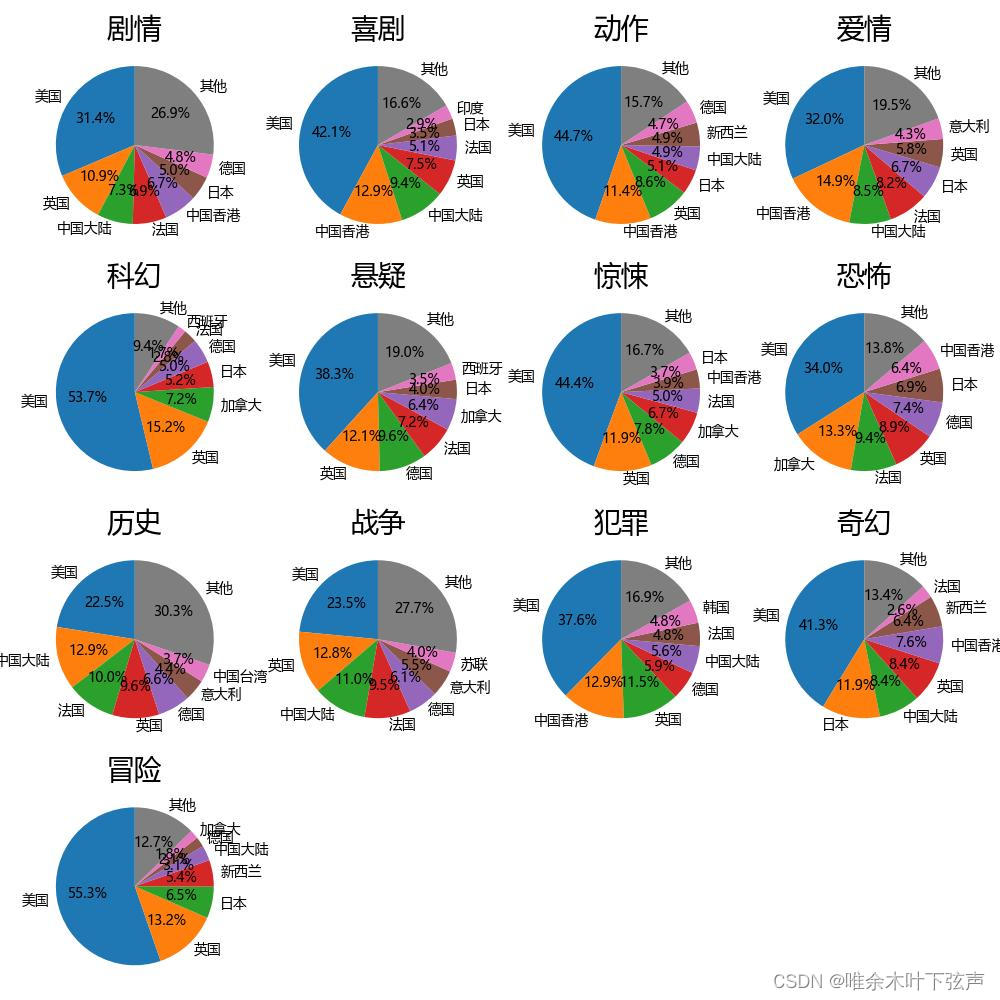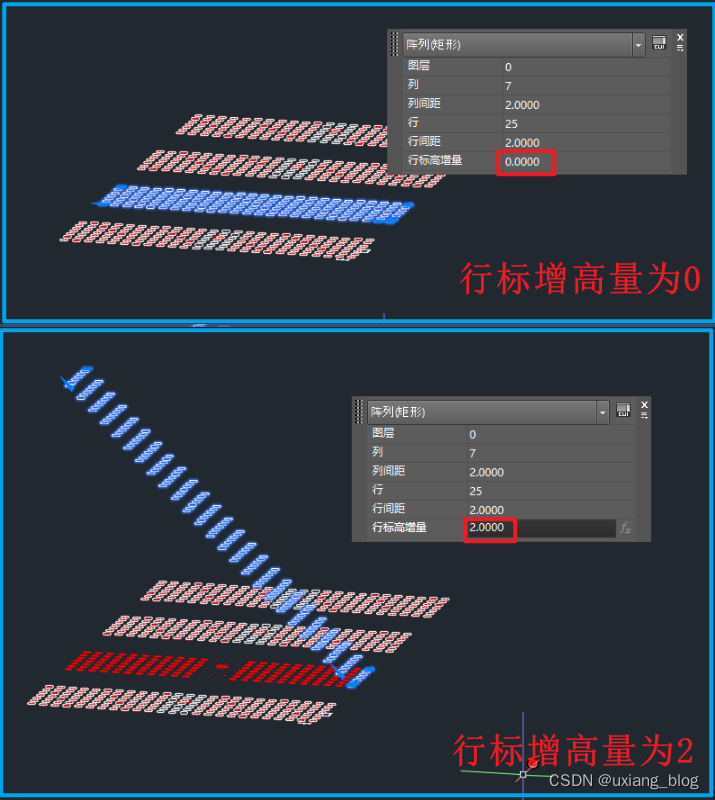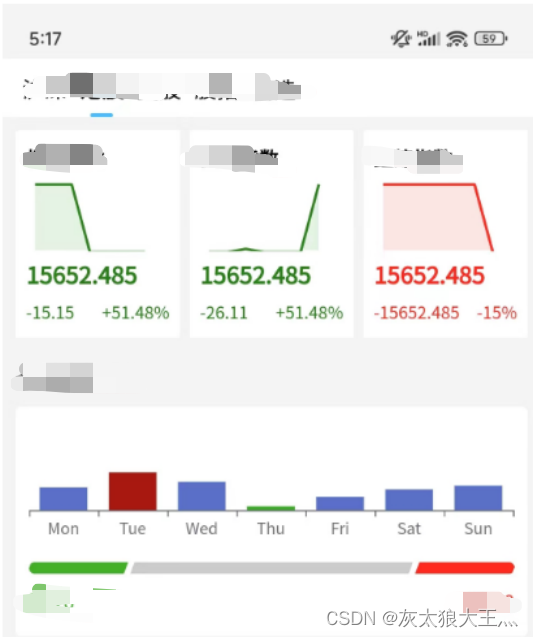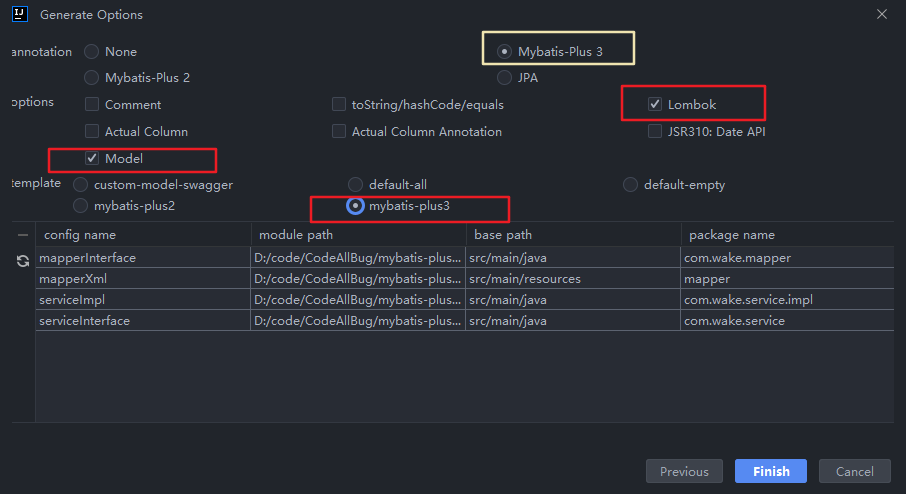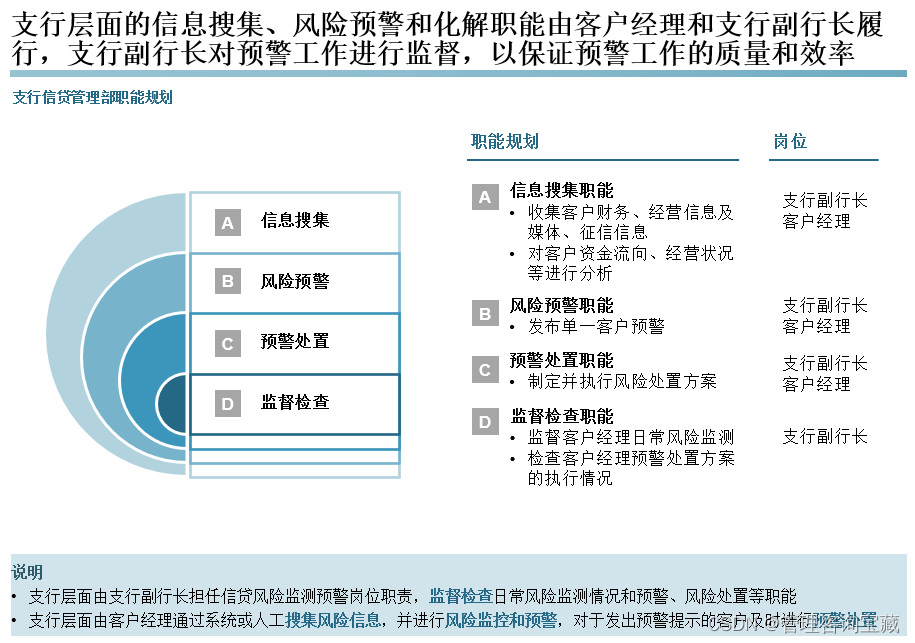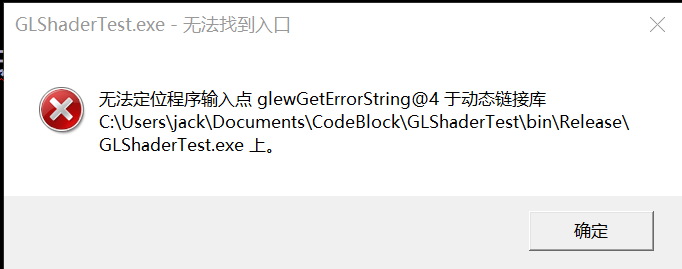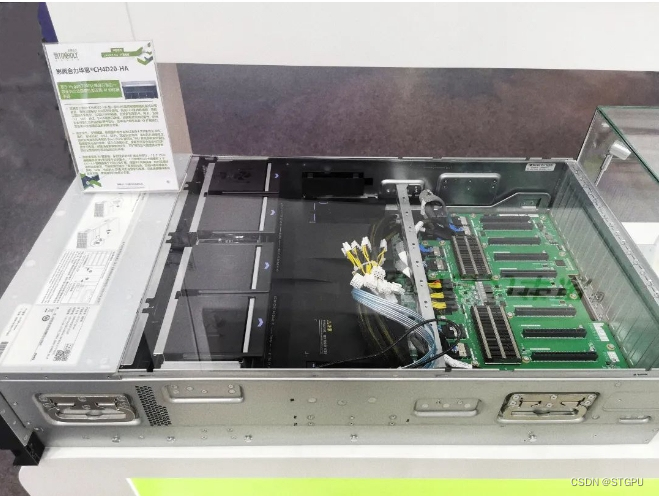# 网络是研究微生物生态共现模式的常用方法。在这一部分中,我们描述了trans_network类的所有核心内容。
# 网络构建方法可分为基于关联的和非基于关联的两种。有几种方法可以用来计算相关性和显著性。
#我们首先介绍了基于关联的网络。trans_network中的cal_cor参数用于选择相关计算方法。
> t1 <- trans_network$new(dataset = dataset, cal_cor = "base", taxa_level = "OTU", filter_thres = 0.0001, cor_method = "spearman")
> devtools::install_github('zdk123/SpiecEasi')
> library(SpiecEasi)
# SparCC method, require SpiecEasi package
> t1 <- trans_network$new(dataset = dataset, cal_cor = "SparCC", taxa_level = "OTU", filter_thres = 0.001, SparCC_simu_num = 100)
# require WGCNA package
> library(WGCNA)
> t1 <- trans_network$new(dataset = dataset, cal_cor = "WGCNA", taxa_level = "OTU", filter_thres = 0.0001, cor_method = "spearman")
#参数COR_cut可用于选择相关阈值。此外,COR_optimization = TRUE表示使用RMT理论寻找优化的相关阈值,而不是COR_cut。
> t1$cal_network(p_thres = 0.01, COR_optimization = TRUE)
# use arbitrary coefficient threshold to contruct network
> install.packages("rgexf")
> t1$save_network(filepath = "network.gexf")
#根据Gephi中计算出的模块绘制网络并给出节点颜色。
#https://gephi.org/users/download/ 下载grephi

#现在,我们用门的信息显示节点的颜色,用正相关和负相关来显示边缘的颜色。所有使用的数据
#都存储在网络中。gexf文件,包括模块分类、门信息和边分类。
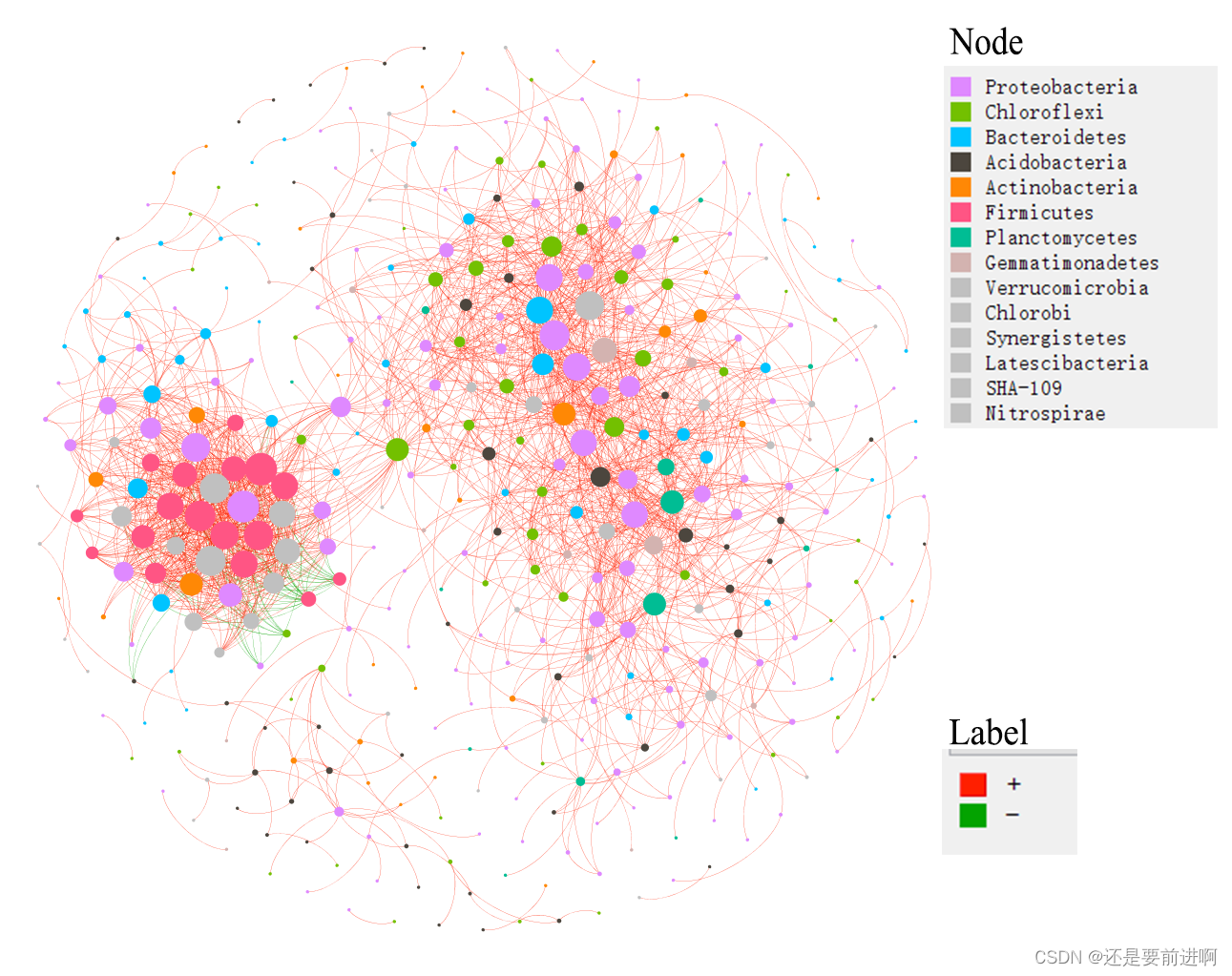
> t1$cal_network_attr()
Result is stored in object$res_network_attr ...
> t1$res_network_attr
Vertex 4.070000e+02
Edge 1.989000e+03
Average_degree 9.773956e+00
Average_path_length 2.784505e+00
Network_diameter 9.000000e+00
Clustering_coefficient 4.697649e-01
Density 2.407378e-02
Heterogeneity 1.193606e+00
Centralization 9.907893e-02
Modularity 5.485651e-01
> t1$cal_network_attr()
Result is stored in object$res_network_attr ...
> t1$res_network_attr
Vertex 4.070000e+02
Edge 1.989000e+03
Average_degree 9.773956e+00
Average_path_length 2.784505e+00
Network_diameter 9.000000e+00
Clustering_coefficient 4.697649e-01
Density 2.407378e-02
Heterogeneity 1.193606e+00
Centralization 9.907893e-02
Modularity 5.485651e-01
> t1$cal_module()
Use cluster_fast_greedy function to partition modules ...
Totally, 25 modules are idenfified ...
Modules are assigned in network with attribute name -- module ...
> t1$get_node_table(node_roles = TRUE)
The nodes (22) with NaN in z will be filtered ...
Result is stored in object$res_node_table ...
> t1$plot_taxa_roles(use_type = 1)
Warning message:
Removed 22 rows containing missing values (`geom_point()`).
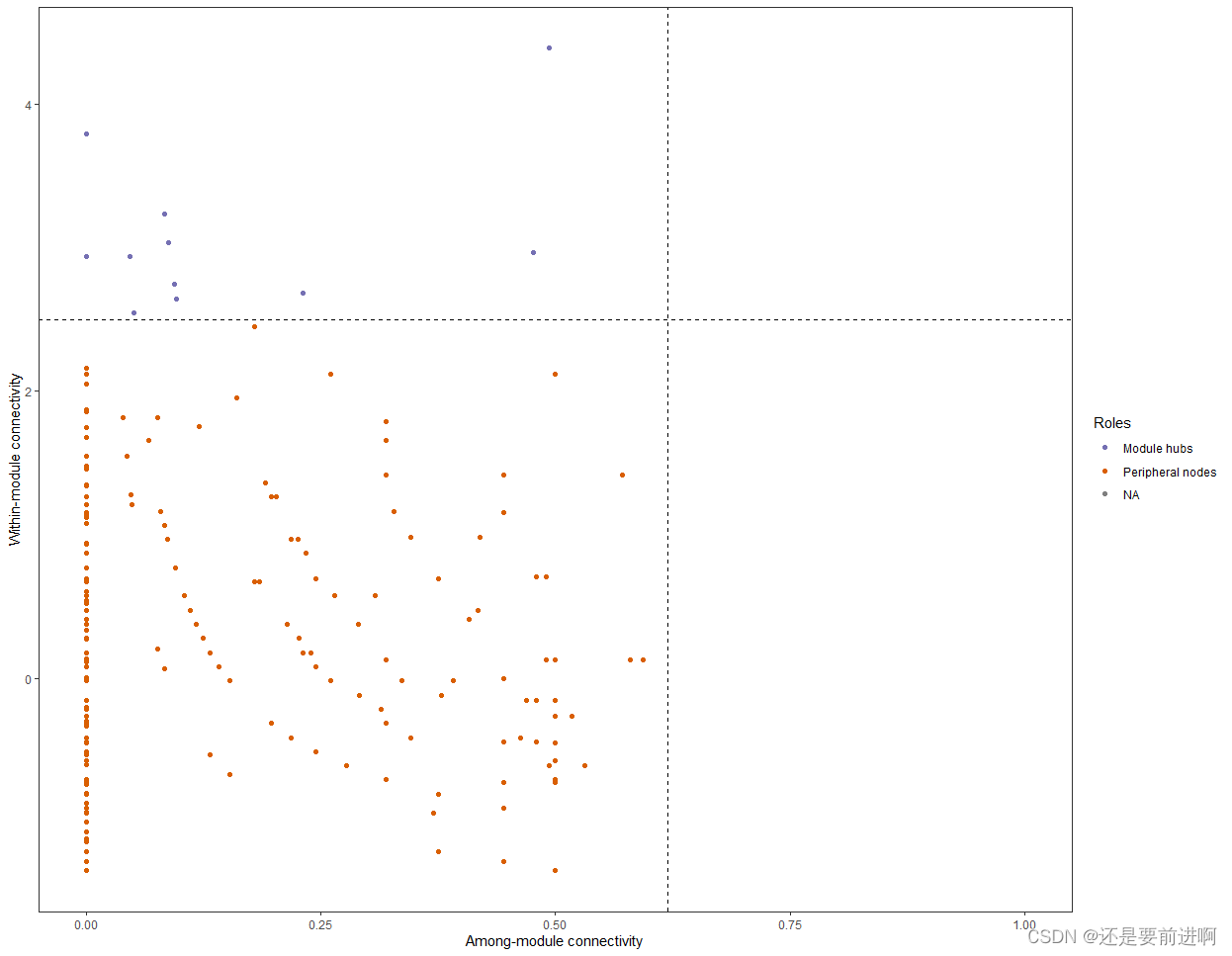
t1$plot_taxa_roles(use_type = 2)

> t1$cal_eigen()
#然后用相关热图来显示特征基因与环境因素之间的关系。
> t2 <- trans_env$new(dataset = dataset, add_data = env_data_16S[, 4:11])
> t2$cal_cor(add_abund_table = t1$res_eigen)
> t2$plot_cor()
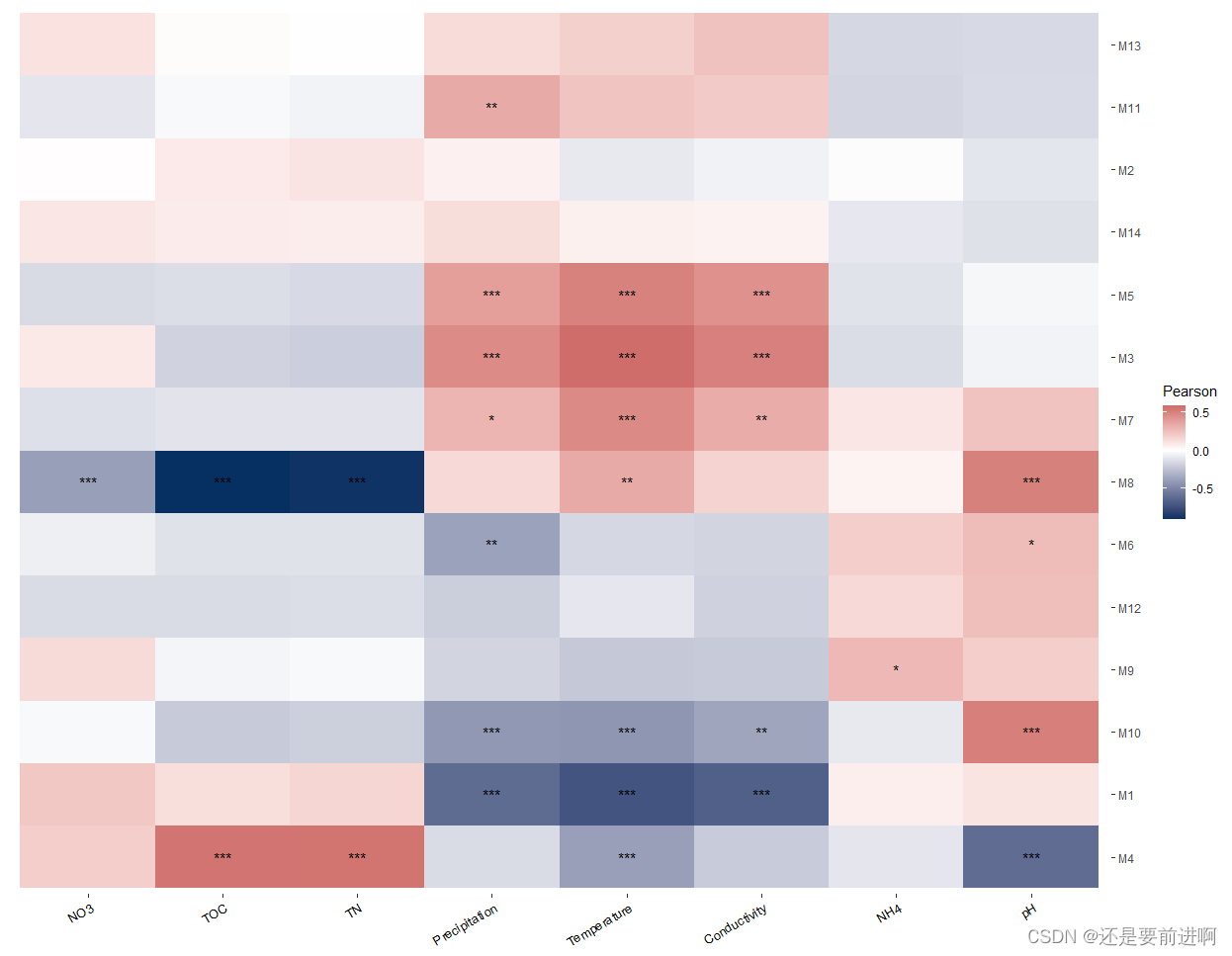
# 函数cal_sum_links()用于对从一个分类单元到另一个分类单元或同一分类单元中的链接(边)数求和。
# 函数plot_sum_links()用于显示函数cal_sum_links()的结果。这对于快速查看不同分类群之间或一个分类群内部连接了多少节点非常有用。
# 对于本教程中的“门”级别,函数cal_sum_links()将从一个门到另一个门或同一门中的连杆数求和。
# 所以圆形图外围的数字表示有多少条边或连接与门有关。例如,就Proteobacteria而言,
# 大约总共有900条边与Proteobacteria中的OTUs相关,其中大约有200条边将Proteobacteria中的两个OTUs连接起来,
# 大约有150条边将Proteobacteria中的OTUs与来自Chloroflexi的OTUs连接起来。
# 函数cal_sum_links()用于对从一个分类单元到另一个分类单元或同一分类单元中的链接(边)数求和。
# 函数plot_sum_links()用于显示函数cal_sum_links()的结果。这对于快速查看不同分类群之间或一个分类群内部连接了多少节点非常有用。
# 对于本教程中的“门”级别,函数cal_sum_links()将从一个门到另一个门或同一门中的连杆数求和。
# 所以圆形图外围的数字表示有多少条边或连接与门有关。例如,就Proteobacteria而言,
# 大约总共有900条边与Proteobacteria中的OTUs相关,其中大约有200条边将Proteobacteria中的两个OTUs连接起来,
# 大约有150条边将Proteobacteria中的OTUs与来自Chloroflexi的OTUs连接起来。
# calculate the links between or within taxonomic ranks
> t1$cal_sum_links(taxa_level = "Phylum")
# return t1$res_sum_links_pos and t1$res_sum_links_neg
# require chorddiag package
> devtools::install_github("mattflor/chorddiag", build_vignettes = TRUE)
> t1$plot_sum_links(plot_pos = TRUE, plot_num = 10)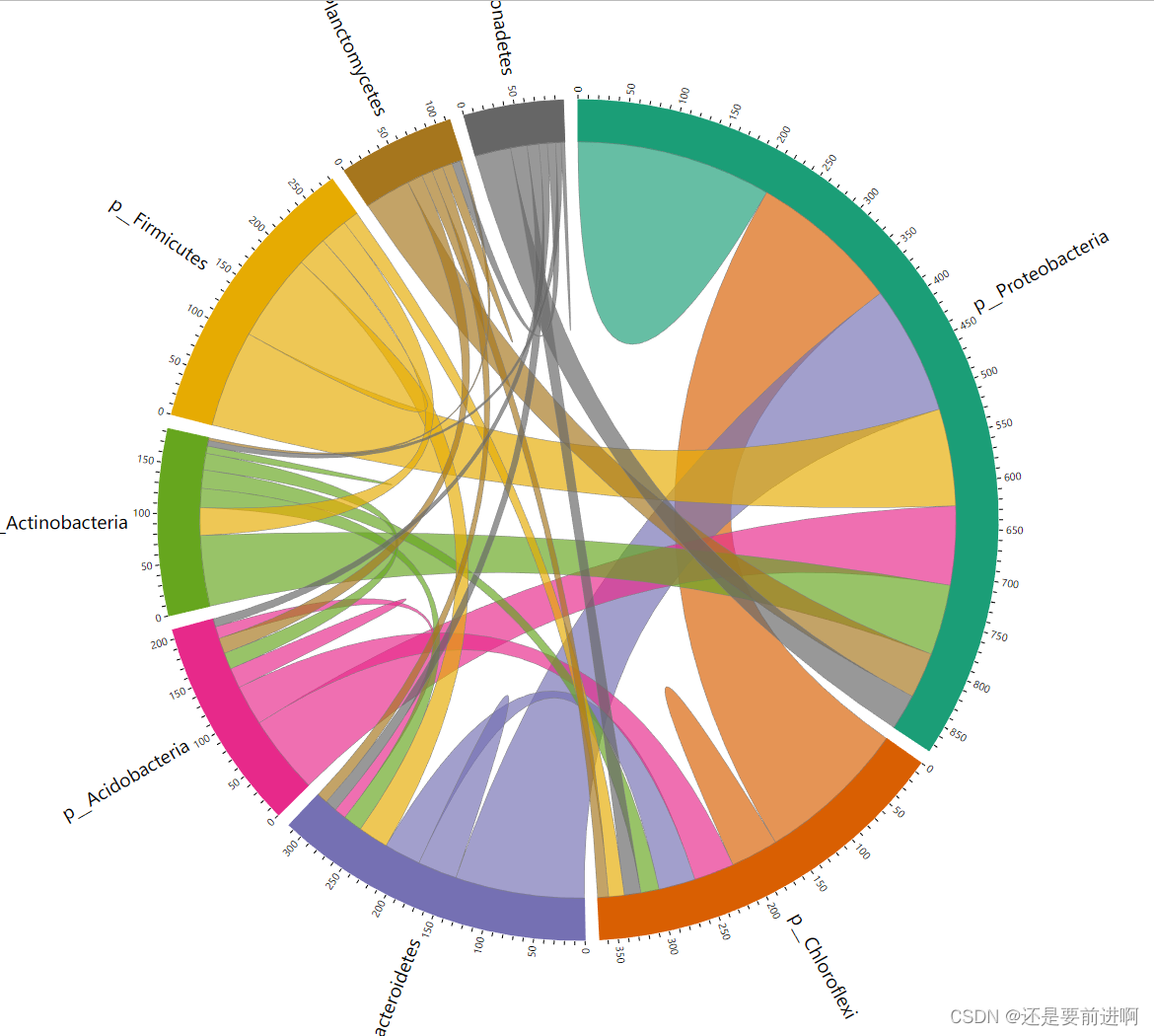
> #subset_network()函数可用于从网络中提取部分节点和这些节点之间的边。在这个函数中,应该使用node参数提供所需的节点。 > t1$subset_network(node = t1$res_node_type %>% .[.$module == "M1", ] %>% rownames, rm_single = TRUE) IGRAPH 7df7c55 UNW- 407 1989 -- + attr: name (v/c), taxa (v/c), Phylum (v/c), RelativeAbundance (v/n), module (v/c), label (e/c), weight (e/n) + edges from 7df7c55 (vertex names): [1] OTU_50 --OTU_357 OTU_50 --OTU_154 OTU_305 --OTU_3303 OTU_305 --OTU_2564 OTU_305 --OTU_30 OTU_1 --OTU_13824 OTU_1 --OTU_4731 [8] OTU_1 --OTU_34 OTU_1 --OTU_301 OTU_1 --OTU_668 OTU_1 --OTU_1169 OTU_1 --OTU_847 OTU_1 --OTU_1243 OTU_1 --OTU_266 [15] OTU_1 --OTU_1897 OTU_1 --OTU_1185 OTU_1 --OTU_1892 OTU_1 --OTU_1811 OTU_1 --OTU_126 OTU_1 --OTU_902 OTU_1 --OTU_351 [22] OTU_1 --OTU_264 OTU_1 --OTU_1173 OTU_1 --OTU_1866 OTU_1 --OTU_1848 OTU_1 --OTU_1204 OTU_41 --OTU_117 OTU_59 --OTU_78 [29] OTU_59 --OTU_357 OTU_59 --OTU_943 OTU_2733 --OTU_2725 OTU_4050 --OTU_7205 OTU_4050 --OTU_3522 OTU_4147 --OTU_1646 OTU_4147 --OTU_109 [36] OTU_4147 --OTU_7557 OTU_4147 --OTU_265 OTU_4147 --OTU_3164 OTU_4147 --OTU_8029 OTU_4147 --OTU_107 OTU_4147 --OTU_7648 OTU_4147 --OTU_3138 [43] OTU_4147 --OTU_1812 OTU_4147 --OTU_2784 OTU_4147 --OTU_426 OTU_4147 --OTU_1850 OTU_4147 --OTU_3712 OTU_4147 --OTU_3321 OTU_4147 --OTU_12327 [50] OTU_4147 --OTU_3159 OTU_4147 --OTU_7630 OTU_4147 --OTU_1885 OTU_4147 --OTU_1827 OTU_4147 --OTU_7346 OTU_4147 --OTU_4531 OTU_4147 --OTU_1810 + ... omitted several edges > #然后,我们展示了下一个实现的网络构建方法:SpiecEasi R包中的SpiecEasi(稀疏逆协方差估计for Ecological Association Inference)网络。 > # cal_cor select NA > t1 <- trans_network$new(dataset = dataset, cal_cor = NA, taxa_level = "OTU", filter_thres = 0.0005) After filtering, 301 features are remained ... > # require SpiecEasi package https://github.com/zdk123/SpiecEasi > t1$cal_network(network_method = "SpiecEasi") ---------------- 2024-03-18 15:42:16.310147 : Start ---------------- Applying data transformations... Selecting model with pulsar using stars... Fitting final estimate with mb... done ---------------- 2024-03-18 15:48:05.015648 : Finish ---------------- The result network is stored in object$res_network ... > t1$res_network IGRAPH da9387f UNW- 301 1595 -- + attr: name (v/c), taxa (v/c), Phylum (v/c), RelativeAbundance (v/n), weight (e/n), label (e/c) + edges from da9387f (vertex names): [1] OTU_32 --OTU_238 OTU_32 --OTU_115 OTU_32 --OTU_578 OTU_32 --OTU_260 OTU_32 --OTU_62 OTU_32 --OTU_1283 OTU_32 --OTU_205 OTU_32 --OTU_315 [9] OTU_32 --OTU_64 OTU_32 --OTU_348 OTU_32 --OTU_345 OTU_32 --OTU_201 OTU_50 --OTU_408 OTU_50 --OTU_59 OTU_50 --OTU_3303 OTU_50 --OTU_117 [17] OTU_50 --OTU_318 OTU_50 --OTU_632 OTU_50 --OTU_67 OTU_50 --OTU_3052 OTU_50 --OTU_357 OTU_50 --OTU_771 OTU_50 --OTU_30 OTU_50 --OTU_674 [25] OTU_305 --OTU_59 OTU_305 --OTU_37 OTU_305 --OTU_3303 OTU_305 --OTU_146 OTU_305 --OTU_67 OTU_305 --OTU_578 OTU_305 --OTU_3052 OTU_305 --OTU_28 [33] OTU_305 --OTU_30 OTU_305 --OTU_26 OTU_305 --OTU_92 OTU_305 --OTU_58 OTU_408 --OTU_23 OTU_408 --OTU_22 OTU_408 --OTU_117 OTU_408 --OTU_169 [41] OTU_408 --OTU_27 OTU_408 --OTU_217 OTU_408 --OTU_3052 OTU_408 --OTU_1830 OTU_408 --OTU_530 OTU_6426--OTU_31 OTU_6426--OTU_515 OTU_6426--OTU_372 [49] OTU_6426--OTU_409 OTU_6426--OTU_293 OTU_6426--OTU_341 OTU_6426--OTU_1819 OTU_6426--OTU_1922 OTU_6426--OTU_970 OTU_6426--OTU_430 OTU_75 --OTU_31 [57] OTU_75 --OTU_22 OTU_75 --OTU_515 OTU_75 --OTU_204 OTU_75 --OTU_656 OTU_75 --OTU_839 OTU_75 --OTU_1922 OTU_75 --OTU_21 OTU_75 --OTU_431 + ... omitted several edges
> t1$plot_network()
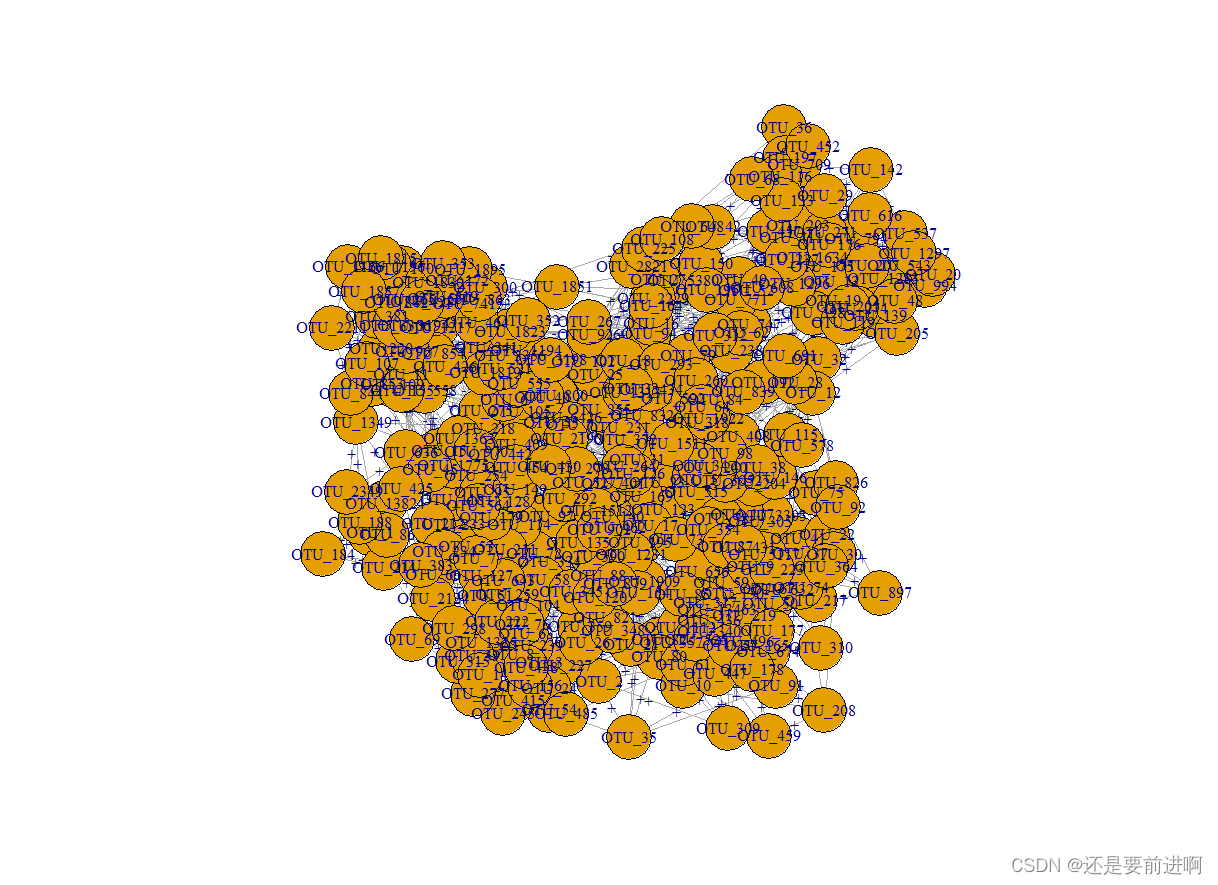
这一期跑了很久。大家慎跑。

